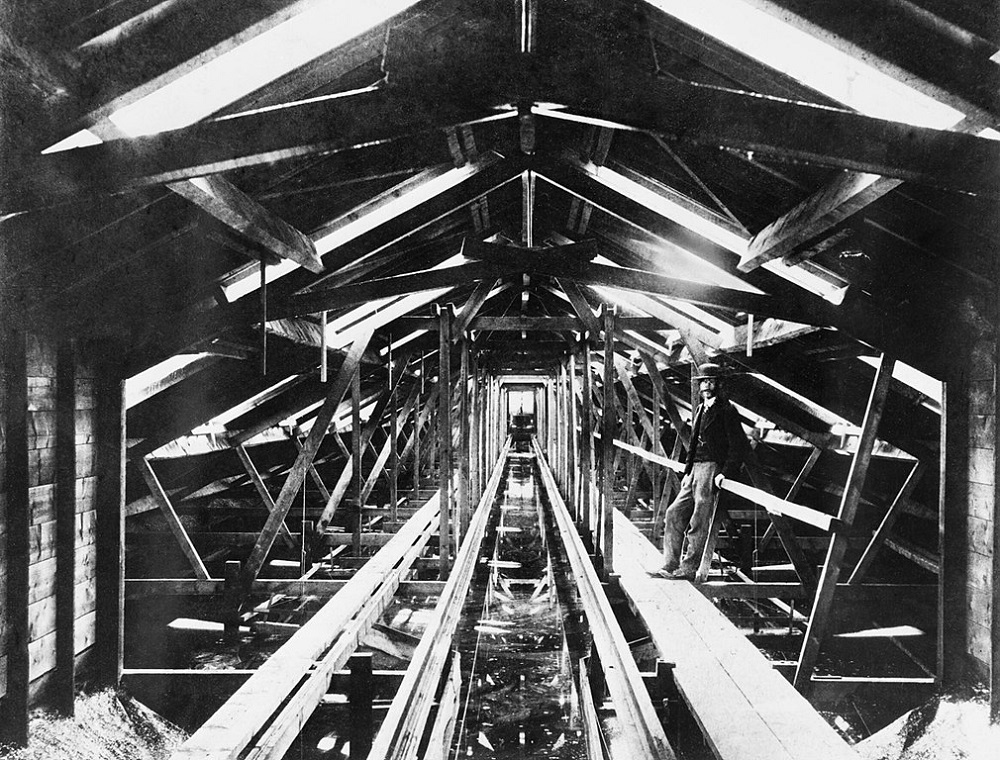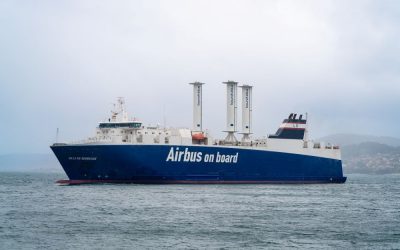RINA Historian Mark Barton looks at the life and career of one of the Institution’s, and naval architecture’s, most influential figures
William Froude (1810-1879) was the first person to formulate reliable laws for the resistance that water offers to ships (such as the hull speed equation) and thus enable ship designers to predict their stability and performance. Having worked on railways, Froude was invited by Brunel to turn his attention to the stability of ships in a seaway. He was an early contributor to the then-Institution of Naval Architects and his paper On the Rolling of Ships, was presented at the Institution’s second session in March 1861. Froude would prove hugely influential, and with his associate Henry Brunel, obtained funds from the Admiralty to identify the most efficient hull shape.
He undertook this research by building scale models and established a formula (now known as the Froude number) by which the results of small-scale tests could be used to predict the behaviour of full-sized hulls. He built a sequence of 3, 6 and 12 foot scale models and used them in towing trials. These took place on the River Dart and enabled him to establish their hull resistance and scaling laws, known as the ‘Law of Comparison’. His experiments were vindicated in full-scale trials conducted by the Admiralty. However, he recognised that exposure to wind and waves was impacting adversely on his results.

William Froude’s Torquay home. Source: Mark Barton
As a result, the first ship model towing tank or ‘Ship Tank’ was built, for a sum of £2,000, from the Admiralty. This allowed Froude to build and operate an enclosed experiment facility with a carriage, or ‘truck’ as Froude called it, to tow models at steady speed from one end of the tank to the other whilst measuring their drag under controlled conditions.

Froude’s original test tank circa 1872.
The Admiralty approved the plan but increased the scope of supply to include tests on the rolling of ships and highlighted that any cost overrun would have to be borne by Froude himself. This 85 m long tank was built at his home in Torquay in 1872 and the first model tested being the sloop HMS Greyhound. Here he was able to combine mathematical expertise with practical experimentation to such good effect that his methods are still followed today.
Although Froude died in 1879 at the age of 68, his son Robert Edmund (Eddie) Froude continued the research and established a new experimental facility on a redundant plot adjacent to the naval gunboat yard at Haslar. The last test at Torquay was completed on 5th January 1886 and the new tank at the Admiralty Experiment Works, Haslar opened a month later on 6th February. The new tank was larger and 122 m long.
The new facility was used intensively and tested models of all of the major classes of British warship that fought in World War One. The first submarine models were tested in early 1902, just a couple of months before HMS Holland I commenced her sea trials. Capacity limitations during the early inter-war years led to the Admiralty approving a second, larger tank built at right angles to the first.
The new tank (known as No.2 Ship Tank with the original tank becoming No.1) was 271 m long and had an adjustable false floor to allow experiments to be conducted regarding the impact of shallow water. It remains in use today and has been operated by QinetiQ since 2001.






